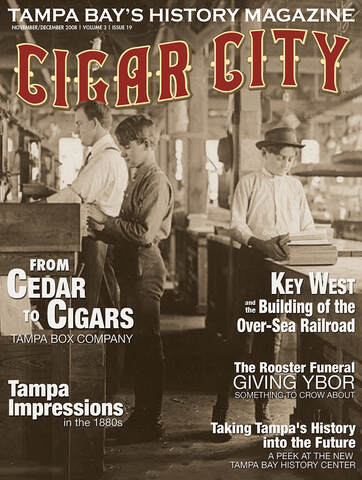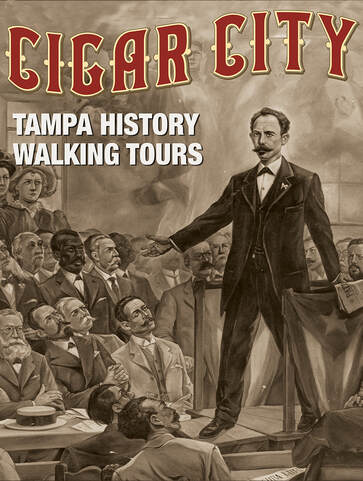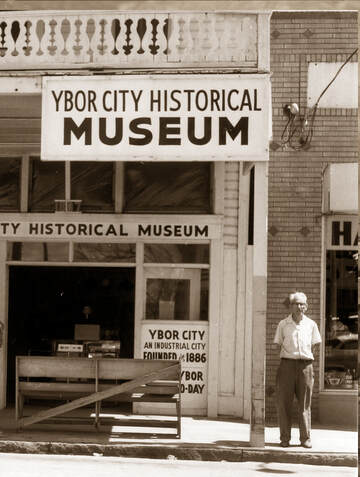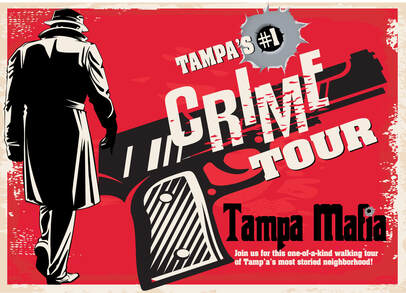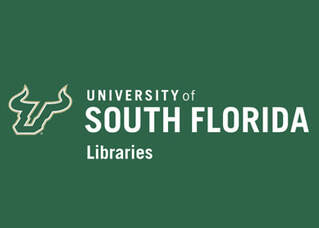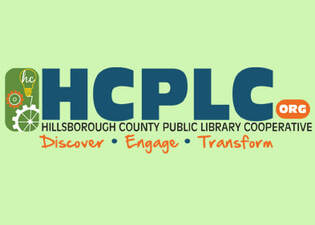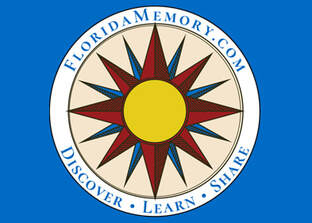Rediscover. Remember. Relive.©
They came from far away lands to a city they knew little about. Cubans, Spaniards, Italians, Afro-Cubans, Jews and others. With little money in their pockets and big dreams in their hearts they set out to make a life for themselves in the Tampa Bay area. They ended up creating a history and culture that continues to thrive. Cigar City Magazine invites you to rediscover that culture, remember those people and relive the events that continue to influence life in Tampa today.
It was all made possible by two men. Vicente Martinez Ybor and Don Ignacio Haya who in 1886 began to build factories to manufacturer cigars. They also built housing nearby so that their employees could live close to work. This multicultural society prospered and its residents built clubs, hospitals and mutual aid societies. It was later named Ybor City and became a city within the city of Tampa.
Through articles, interviews, photographs and reader contributions, Cigar City Magazine began in 2005 to tell the many stories of life in early Tampa. It is designed for the intellectually curious and anyone who treasures history and the impact it has on the present and future.
Cigar City Magazine is the only publication on Tampa rich past. The first issue was released back in October 2005 and is the vision of Lisa M. Figueredo, publisher and founder, who feels passionately about her blended culture, history, and family. “We all have a responsibility to keep these stories alive by passing them on to our own children.” says Ms. Figueredo. By sharing the past, our children will come to know their roots and recognize the foundation of love and family they can carry with them into the future. They will become the voices of our ancestors.
They came from far away lands to a city they knew little about. Cubans, Spaniards, Italians, Afro-Cubans, Jews and others. With little money in their pockets and big dreams in their hearts they set out to make a life for themselves in the Tampa Bay area. They ended up creating a history and culture that continues to thrive. Cigar City Magazine invites you to rediscover that culture, remember those people and relive the events that continue to influence life in Tampa today.
It was all made possible by two men. Vicente Martinez Ybor and Don Ignacio Haya who in 1886 began to build factories to manufacturer cigars. They also built housing nearby so that their employees could live close to work. This multicultural society prospered and its residents built clubs, hospitals and mutual aid societies. It was later named Ybor City and became a city within the city of Tampa.
Through articles, interviews, photographs and reader contributions, Cigar City Magazine began in 2005 to tell the many stories of life in early Tampa. It is designed for the intellectually curious and anyone who treasures history and the impact it has on the present and future.
Cigar City Magazine is the only publication on Tampa rich past. The first issue was released back in October 2005 and is the vision of Lisa M. Figueredo, publisher and founder, who feels passionately about her blended culture, history, and family. “We all have a responsibility to keep these stories alive by passing them on to our own children.” says Ms. Figueredo. By sharing the past, our children will come to know their roots and recognize the foundation of love and family they can carry with them into the future. They will become the voices of our ancestors.
THANK YOU TO THE FOLLOWING SPONSORS!
Interested in becoming a sponsor? Visit our contact page and email us!
Interested in becoming a sponsor? Visit our contact page and email us!
Some photos posted on our blog stories are Courtesy of the Hillsborough County Public Library, The Florida State Archives, the USF Department of Special Collections, and private individual collections.

